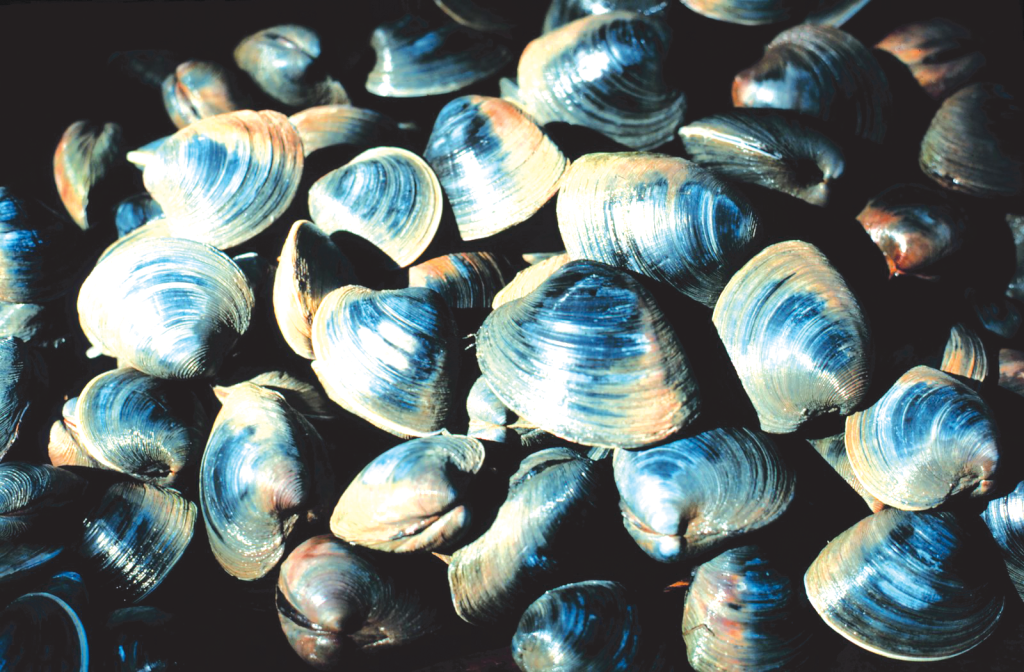
HOUSE COMMISSION TO STUDY FEASIBILITY OF SOLAR ARRAYS ON HIGHWAY MEDIANS
PROVIDENCE — Rhode Island could be sitting on hundreds of acres of unused land for new solar installations, and thousands of drivers whiz past these spots every day.
A new study commission is meeting this fall to investigate the idea of building ground-mounted solar arrays on the median strips found along interstate highways and Route 146. As part of its authority, the commission, chaired by Rep. Robert Phillips (D-Woonsocket), who also sponsored the bill creating the panel in 2022, will also study and provide recommendations for solar carports in state parking lots and in other public locations.
In some ways, median strips are the perfect sites for solar. Many are already relatively flat and ready for building thanks to interstate construction, and barring trees or wetlands, there isn’t much else that’s allowed to be placed on median strips. It is illegal for the public to tread on them.
A preliminary list compiled by the Rhode Island Department of Transportation identified 15 potential sites for solar placement along interstates, totaling about 330 acres. Building solar on all identified sites could provide more than 100 megawatts of renewable energy, using the latest solar density estimates from the Lawrence Berkeley National Laboratory.
RIPTA SEES DECREASE IN R-LINE RIDERSHIP AFTER FREE FARE PILOT ENDS
PROVIDENCE — Since the Rhode Island Public Transit Authority’s free-fare pilot on the R-Line ended Sept. 30, ridership decreased by about 24%. Total passenger boardings dipped from 249,239 in September, when the pilot was still free, to 189,106 in October, according to data provided by RIPTA. “That’s actually very encouraging,” Rhode Island Transit Riders co-coordinator Amy Glidden told ecoRI News in an email. During the pilot, ridership on the line, which travels between PVD, Pawtucket, and Cranston, increased about 40% from the previous year. A decrease in ridership less than that pilot boost could suggest a “modal shift,” according to Glidden. “It shows the pilot was a success.”
WIND PLAN REJECTION REVEALS TURBULENCE IN OFFSHORE WIND INDUSTRY
WARWICK, R.I. — As developers gave Revolution Wind the final go-ahead in early November, the rejection of a proposed companion project, Revolution Wind 2, revealed just how much the offshore wind industry is hanging by a tenuous thread.
The 884-megawatt (MW) project was the only bid received last year by Rhode Island Energy in response to new procurement demands from state officials. The request for proposal (RFP) outlined by Gov. Dan McKee’s office in July 2022 called for up to 1,000 MW of commercially viable offshore wind to help Rhode Island meet its renewable energy goals.
But that’s turning out to be a taller order than state officials could have predicted. In July, RI Energy announced it was rejecting the bid from Revolution Wind 2, indicating that higher interest rates, increased costs of capital, supply chain expenses, and uncertainty over federal tax credits was unattractive to ratepayers.
The rejected bid would have been the second major offshore wind collaboration between Ørsted and Eversource. If completed, Revolution Wind 2 would have provided enough renewable energy to power more than half a million RI homes, according to the project’s website.
SHELLFISHERMEN: QUAHOGS DISAPPEARING FROM RI WATERS
PROVIDENCE — An autumn afternoon in a Smith Hill committee room isn’t the usual habitat for a small group of quahoggers. The cloistered halls of the State House are a far cry from the open waters and shorelines of Narragansett Bay, but for the four shellfishermen chosen to serve on a joint legislative study commission, it could mean their livelihood.
Their chief product is a literal state symbol: the northern quahog, also called hard clams. With their iconic shape and brown or gray concentric rings lining the outside of their shells, they are instantly recognizable to most Rhode Islanders.
But quahoggers working Narragansett Bay today are catching less than half the total amount of quahogs they were a decade ago. What once was a thriving trade in the 1980s that supported thousands of shellfishermen and their families, has now dwindled to the point where less than 200 commercial quahoggers work the bay.
Last year, quahoggers harvested 397,442 pounds of quahog meat, according to data from the National Oceanic and Atmospheric Administration. That’s less than half of what they caught 10 years ago: in 2012, Ocean State quahoggers harvested more than 900,000 pounds of meat.
State lawmakers are now getting involved. At the end of the last legislative session, they created a joint study commission to investigate what is happening to Narragansett Bay’s quahog population.
At a study commission meeting late last month, commission member Jim Boyd, a longtime shellfisherman, told representatives from the Department of Environmental Management what quahogging used to be like in the bay.
Wild quahogs have all but vanished from the lower bay area, with the bulk of the population clustered now in Greenwich Bay, upper Narragansett Bay, and the lower Providence River, which was only opened to shellfishing in 2021. The river has become a big part of shellfishing despite only being recently opened. According to DEM data, in 2022 the lower Providence River was responsible for 60% of all quahog landings in the state.
For more details on these stories, and to get more of the latest environmental news, visit ecoRI.org. Subscribe to ecoRI News’ free weekly e-newsletter at ecoRI.org/subscribe.


